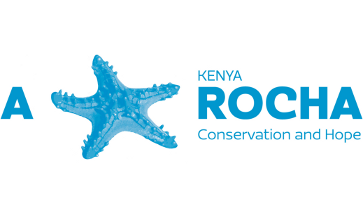Into our marine program
Introduction
The ARK marine program was established in 2010 to help the KWS with the implementation of the management plan. This was by providing critical marine scientific research especially focussed on the Malindi Watamu marine protected area. Since its establishment, there has been over 16 published review papers and reports relating to various aspects of marine biodiversity and ecology. A comprehensive map of habitats of the Watamu Marine National Park (WMNP) was also developed in which 9 habitat categories are described. With the most dominant of these habitats being seagrass and the least being coral reef. 18 species across all groups were recorded belonging to the category of Conservation Concern (other than Least Concerned and Data Deficient) on the IUCN red list.

A map of Watamu Marine National Park
Coral Bleaching and Gardening
Part of our studies have focused on describing the effects of climate change (specifically sea surface temperatures) on Coral bleaching, mortality, recovery, and recruitment of specific coral colonies in the WMNP. On average more than 50 metre square of coral reef in the park has been monitored for 10 years. The trend shows a recovering reef since the first mass bleaching event in 1998 which destroyed more than 70% of the reef. Even so, the global and local pressures still pose a big risk to the reef, with the most recent bleaching event being recorded in 2020.

Coral Propagation and Coral gardening, in partnership with KWS and local stakeholders, have been proposed as some of the mitigation tools to reduce further degradation while creating a more resilient reef for the future. Below is a graph showing the trend of the coral reef cover over the years.

A graph showing the trend of the coral reef cover
